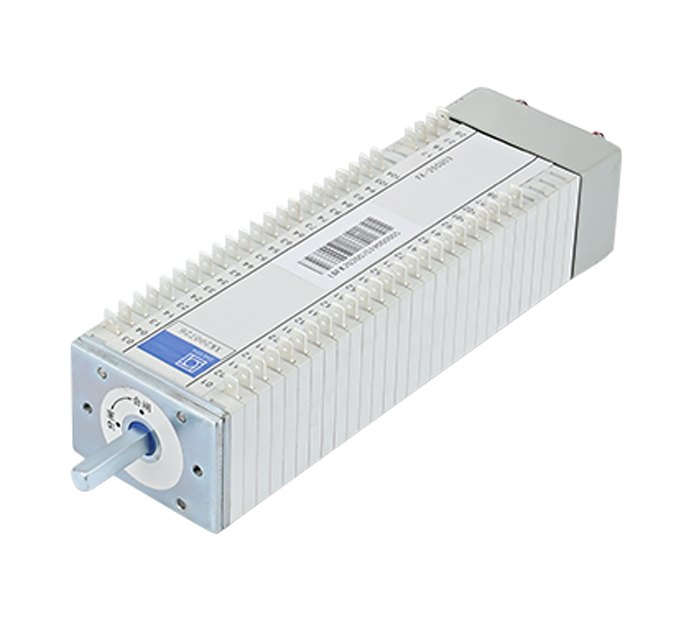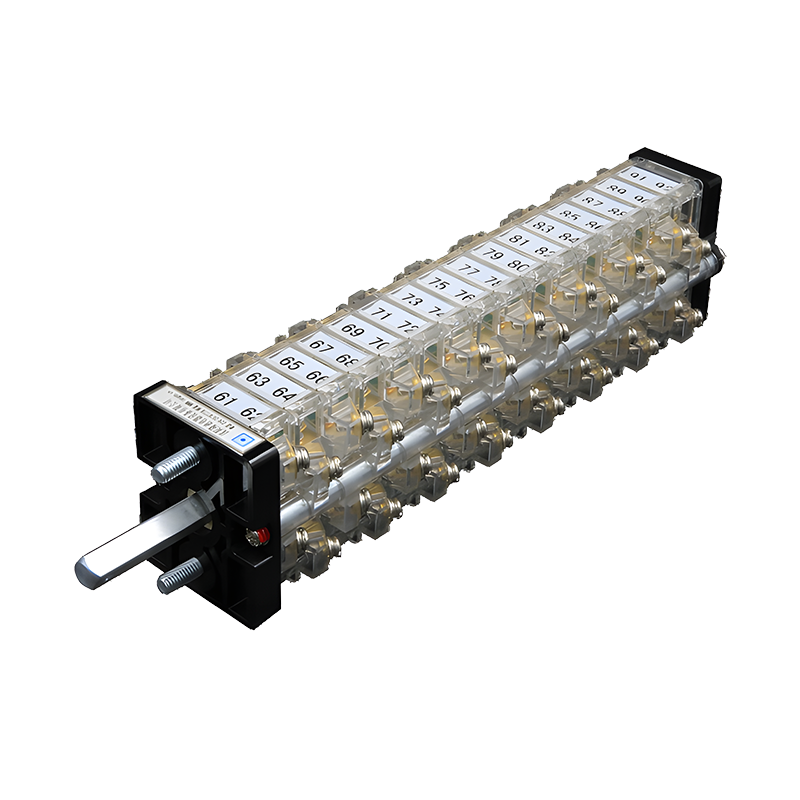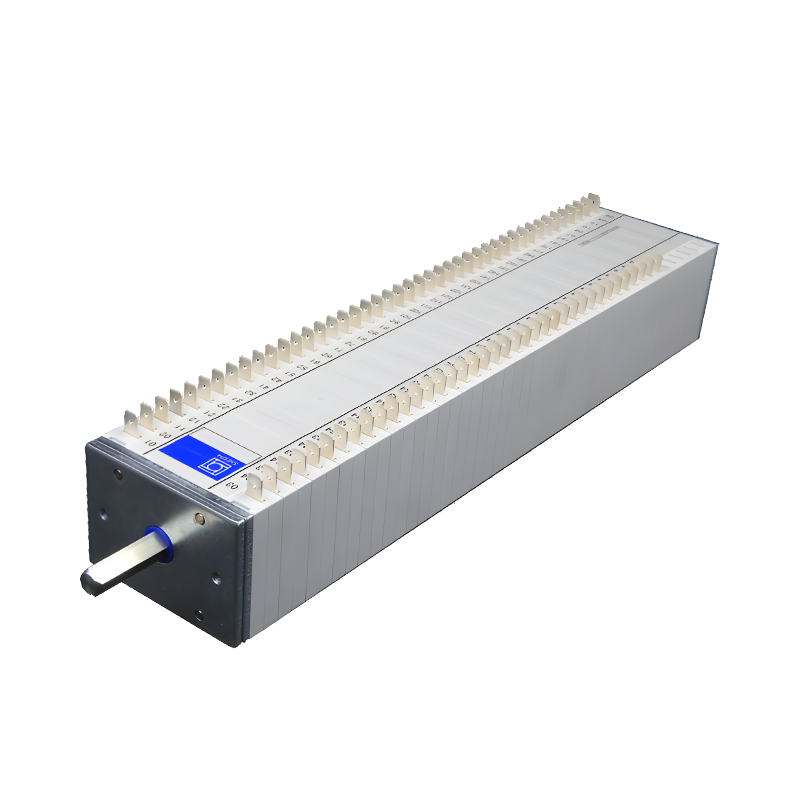

Auxiliary switches: the guardians of power system security
Release time:2024-07-16
In every corner of the electric power system, whether it is a bustling urban high-rise, or a remote mountain village hut, the stable supply of electricity can not be separated from a series of precision equipment to protect. Among them, the auxiliary switch may be a little-known role, but it bears a significant responsibility that can not be ignored. Today, let us explore this silent hero - auxiliary switch, revealing its role and importance in the power system.
I. Structure and working principle
Auxiliary switch, as the name suggests, it is not an independent work switch, but as the main power equipment and the existence of auxiliary. In high-voltage or medium-voltage circuit breakers, disconnect switches and other equipment, the auxiliary switch is responsible for breaking, closing, signal control and interlocking protection and other tasks. It consists of a series of mechanical and electrical components, including spacers, tie rods, connecting rods, as well as contacts, contacts and so on. When the high-voltage circuit breaker needs to be opened or closed, the mechanical parts of the auxiliary switch transmit the force to make the main contact open or close; at the same time, the electrical parts transmit the signal to control the operation status.

Functional features
1. Remote control: the auxiliary switch can realize the remote opening and closing operation of the power equipment, which provides the possibility of automation management of the power system.
2. signal transmission: through the opening and closing status of the contacts, the auxiliary switches are able to transmit the operating signals and status information of the power equipment, providing accurate data for the monitoring system.
3. protection mechanism: the auxiliary switches also have an interlocking protection function, which can quickly cut off the current in the event of an overload or short-circuit in the power system and protect the equipment from damage.
Application Areas
Auxiliary switches have a wide range of applications, covering industrial automation, energy management, home intelligence and other fields. In industrial automation, auxiliary switches cooperate with the main power equipment to achieve precise control; in energy management, auxiliary switches optimize energy use by monitoring and transmitting signals; in home intelligence, auxiliary switches provide strong support for smart home systems.

Fourth, the use of conditions and classification
Auxiliary switches can work normally at ambient temperatures from -40℃ to +40℃, and adapt to areas with an altitude of no more than 2000m. According to the number of opening and closing groups of contacts, terminal type, actuator structure form and shell specification, auxiliary switches can be classified into several types to meet the needs of different scenarios.

V. Maintenance and Troubleshooting
Despite their durable design, auxiliary switches may still encounter problems such as the auxiliary contacts not energizing. Such problems can usually be solved by reassembling the movable contact bridge or replacing the actuator rod and rollers. Regular maintenance and inspection are essential to ensure the stable operation of the auxiliary switch.
Although the auxiliary switch is small, its role in the power system should not be ignored. It is like a silent dedication of the gatekeeper, always guarding the safety and stability of the power system. In the future, with the continuous progress of technology, auxiliary switches will usher in more innovation and application, providing more powerful support for the efficient operation of the power system.
I. Structure and working principle
Auxiliary switch, as the name suggests, it is not an independent work switch, but as the main power equipment and the existence of auxiliary. In high-voltage or medium-voltage circuit breakers, disconnect switches and other equipment, the auxiliary switch is responsible for breaking, closing, signal control and interlocking protection and other tasks. It consists of a series of mechanical and electrical components, including spacers, tie rods, connecting rods, as well as contacts, contacts and so on. When the high-voltage circuit breaker needs to be opened or closed, the mechanical parts of the auxiliary switch transmit the force to make the main contact open or close; at the same time, the electrical parts transmit the signal to control the operation status.

Functional features
1. Remote control: the auxiliary switch can realize the remote opening and closing operation of the power equipment, which provides the possibility of automation management of the power system.
2. signal transmission: through the opening and closing status of the contacts, the auxiliary switches are able to transmit the operating signals and status information of the power equipment, providing accurate data for the monitoring system.
3. protection mechanism: the auxiliary switches also have an interlocking protection function, which can quickly cut off the current in the event of an overload or short-circuit in the power system and protect the equipment from damage.
Application Areas
Auxiliary switches have a wide range of applications, covering industrial automation, energy management, home intelligence and other fields. In industrial automation, auxiliary switches cooperate with the main power equipment to achieve precise control; in energy management, auxiliary switches optimize energy use by monitoring and transmitting signals; in home intelligence, auxiliary switches provide strong support for smart home systems.

Fourth, the use of conditions and classification
Auxiliary switches can work normally at ambient temperatures from -40℃ to +40℃, and adapt to areas with an altitude of no more than 2000m. According to the number of opening and closing groups of contacts, terminal type, actuator structure form and shell specification, auxiliary switches can be classified into several types to meet the needs of different scenarios.

V. Maintenance and Troubleshooting
Despite their durable design, auxiliary switches may still encounter problems such as the auxiliary contacts not energizing. Such problems can usually be solved by reassembling the movable contact bridge or replacing the actuator rod and rollers. Regular maintenance and inspection are essential to ensure the stable operation of the auxiliary switch.
Although the auxiliary switch is small, its role in the power system should not be ignored. It is like a silent dedication of the gatekeeper, always guarding the safety and stability of the power system. In the future, with the continuous progress of technology, auxiliary switches will usher in more innovation and application, providing more powerful support for the efficient operation of the power system.
